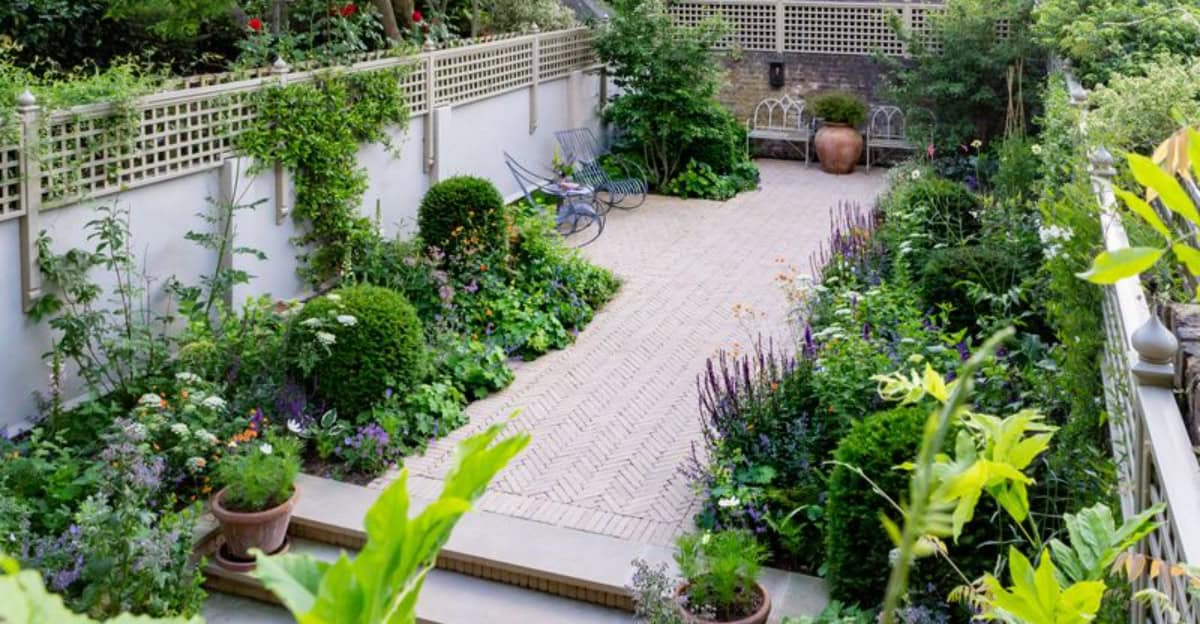Gardening in a limited space can be both challenging and rewarding. Narrow gardens require careful planning and creative solutions to maximize their potential.
By avoiding common pitfalls, you can transform your slender outdoor area into a lush and inviting retreat.
Here, we explore the top 10 mistakes experts advise against when designing and maintaining a narrow garden.
1. Overcrowding Plants
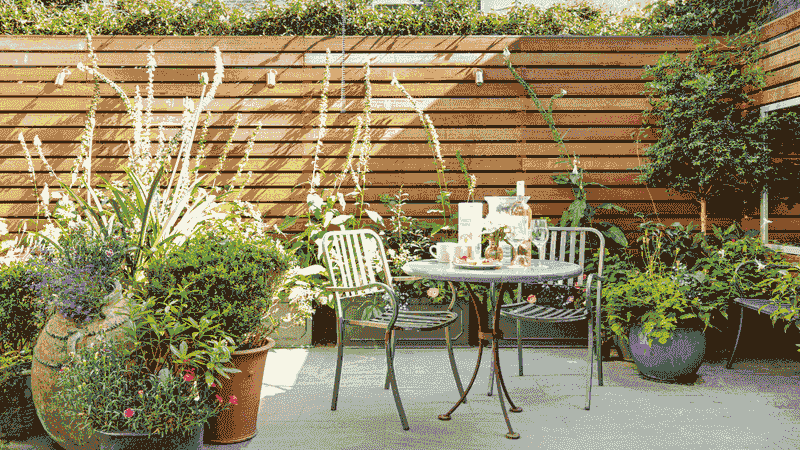
Cramming too many plants into a confined area can lead to competition for nutrients, water, and sunlight. This often results in weak, spindly growth and increased susceptibility to pests and diseases.
Instead, select a few well-suited varieties that thrive in close quarters. Consider vertical planting options to make use of available space.
Some gardeners mistakenly believe more is better, but moderation is key. A cluttered garden can appear chaotic and overwhelming.
By choosing plants wisely, you create a balanced, harmonious environment that flourishes beautifully.
2. Ignoring Sunlight Patterns
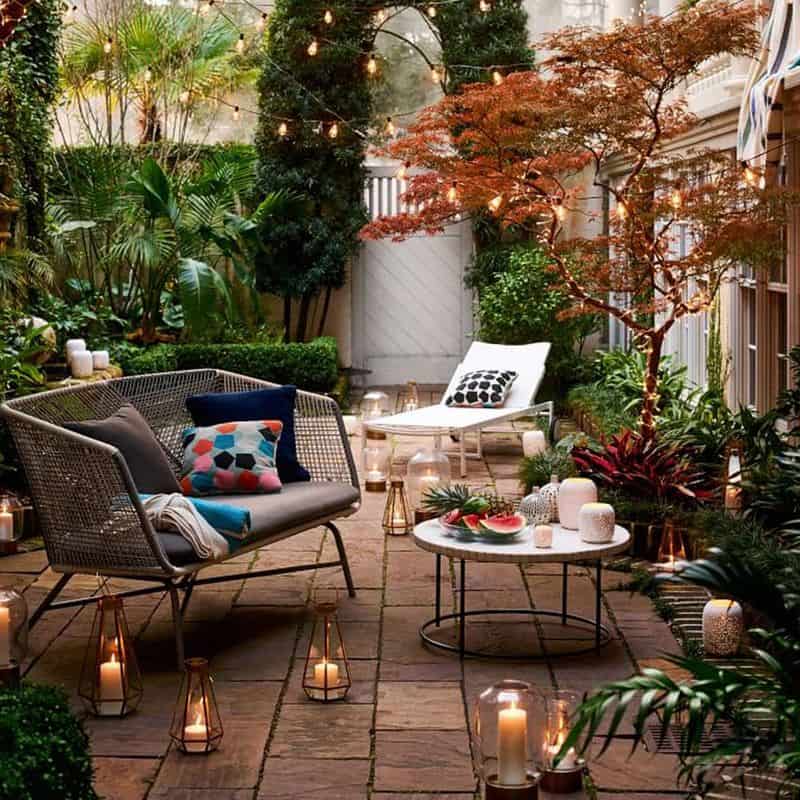
Understanding how sunlight moves through your garden is crucial. Different plants have varied light requirements, and placing them in unsuitable spots can hinder growth.
Spend time observing the sunlight throughout the day before planting.
Some areas may bask in full sunlight, while others remain shaded. Matching plants to their preferred light conditions ensures healthy and robust growth.
Ignoring these patterns can leave some plants struggling, while others thrive, creating an unbalanced look.
3. Neglecting Vertical Space
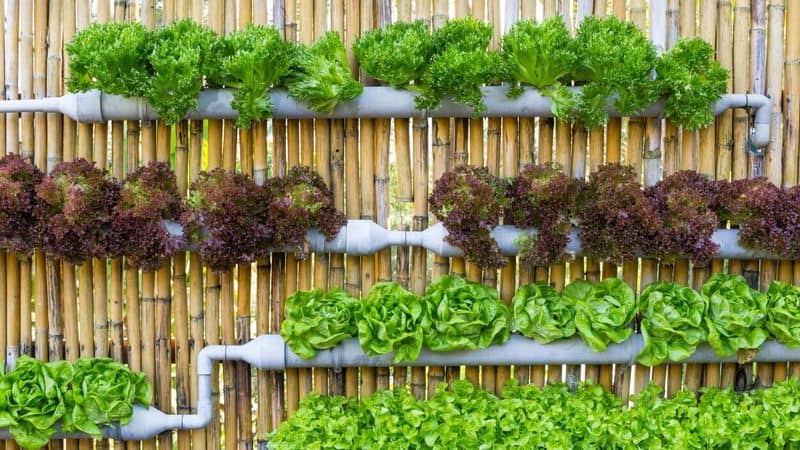
Vertical gardening is a game changer in narrow spaces. Many gardeners overlook the potential of walls and fences, missing opportunities to expand their planting area.
Climbing plants, hanging pots, and trellises can add depth and interest to your garden.
Embrace the vertical dimension to create lush layers of greenery, drawing the eye upwards and making the space feel larger.
Neglecting this aspect can result in a flat, one-dimensional landscape that lacks visual appeal.
4. Poor Pathway Planning
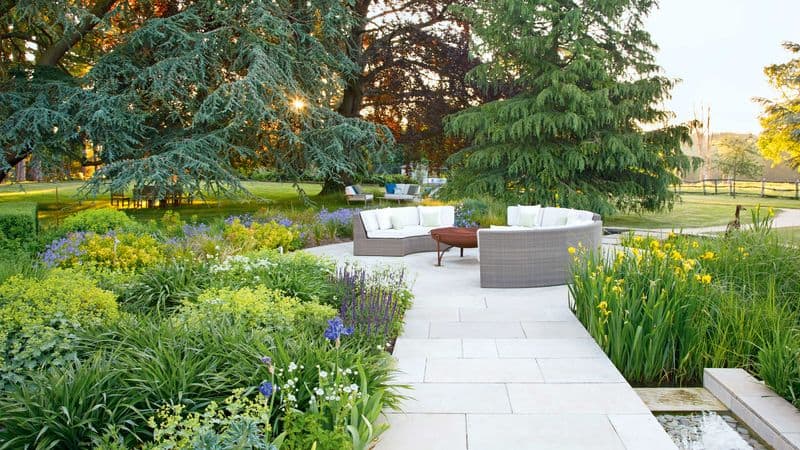
Pathways need thoughtful consideration in narrow gardens. Without clear routes, the garden can become a disorganized maze.
Plan your pathways to guide the eye and movement through the space, ensuring they are functional yet aesthetically pleasing.
Straight paths can make the garden feel more confined, while gentle curves add intrigue and flow. Proper pathway planning helps maintain order and accessibility, enhancing the overall experience.
5. Ignoring Focal Points
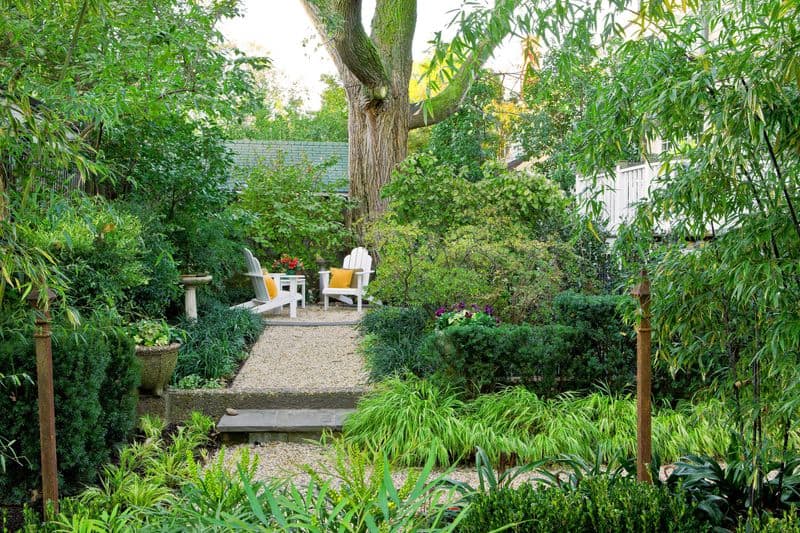
In every garden, focal points draw attention and create interest. Neglecting to include such elements in a narrow garden can leave the space feeling unfinished.
Consider adding a statue, water feature, or striking plant as a centerpiece.
Focal points anchor the design and provide visual breaks, guiding the viewer’s gaze along the garden. Without them, the eye tends to wander aimlessly, and the garden’s potential remains untapped.
6. Neglecting Soil Health
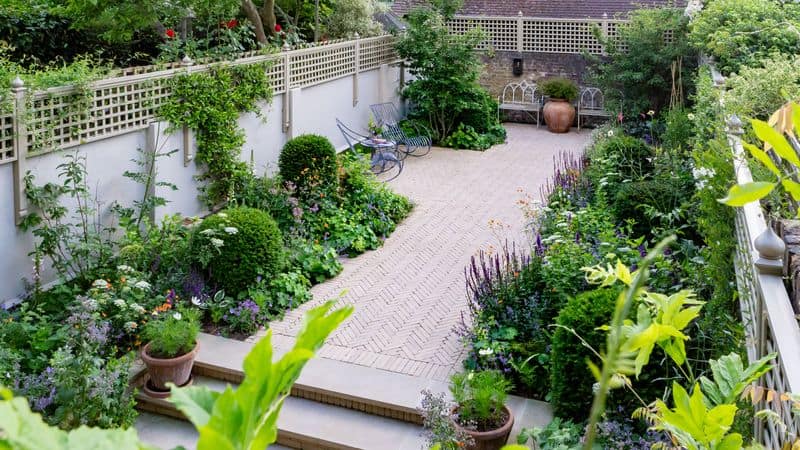
Healthy soil is the foundation of any thriving garden. In narrow spaces, soil quality can often be overlooked, leading to poor plant performance.
Regularly test and amend the soil with organic matter to maintain its fertility.
Compacted or depleted soil can inhibit root growth and water penetration. By prioritizing soil health, you ensure your plants have the nutrients they need to flourish.
Ignoring this aspect can result in stunted growth and lackluster blooms.
7. Overlooking Seasonal Changes
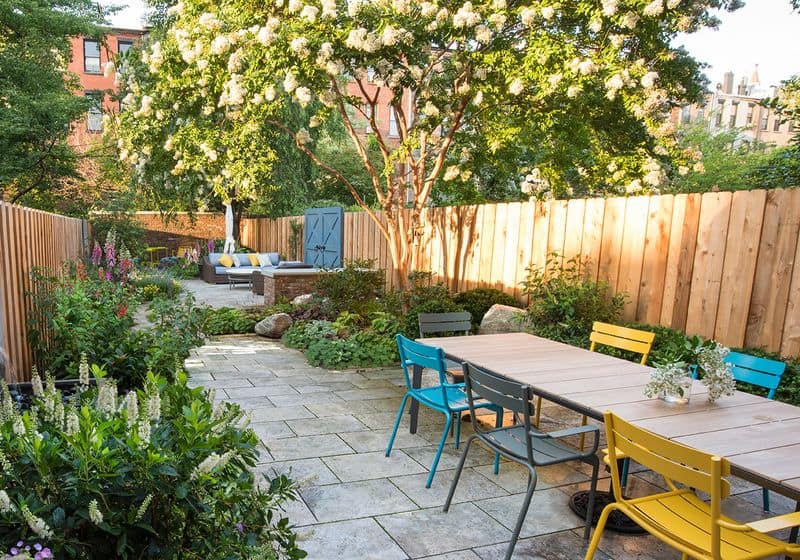
Gardens are dynamic environments that change with the seasons. Failing to account for these changes can lead to disappointment.
Plan for a variety of plants that offer interest throughout the year, ensuring continuous beauty.
Understanding the seasonal needs of your plants helps you anticipate their care requirements.
Overlooking these changes can leave your garden barren at times when it could be thriving, diminishing its year-round appeal.
8. Skipping Regular Maintenance
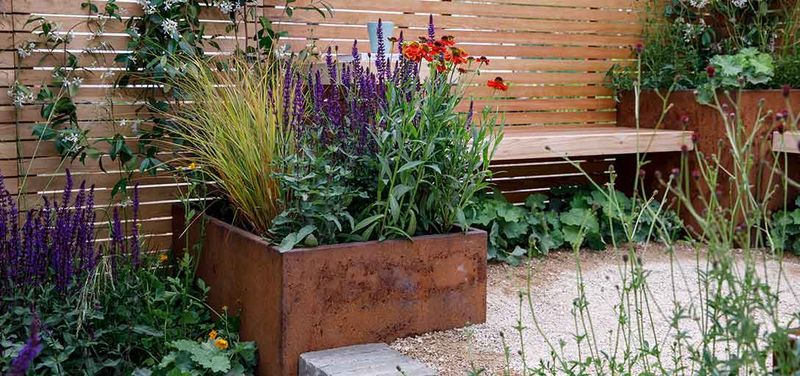
Consistent maintenance is key to a thriving garden. In narrow spaces, neglect can quickly lead to overgrown plants and weeds taking over.
Regularly trim, prune, and weed to keep your garden looking its best.
Skipping these tasks creates a wild and unruly appearance, making the space feel smaller and more cramped.
Dedicated maintenance preserves the beauty and order of your garden, ensuring it remains a tranquil retreat.
9. Failing to Define Boundaries
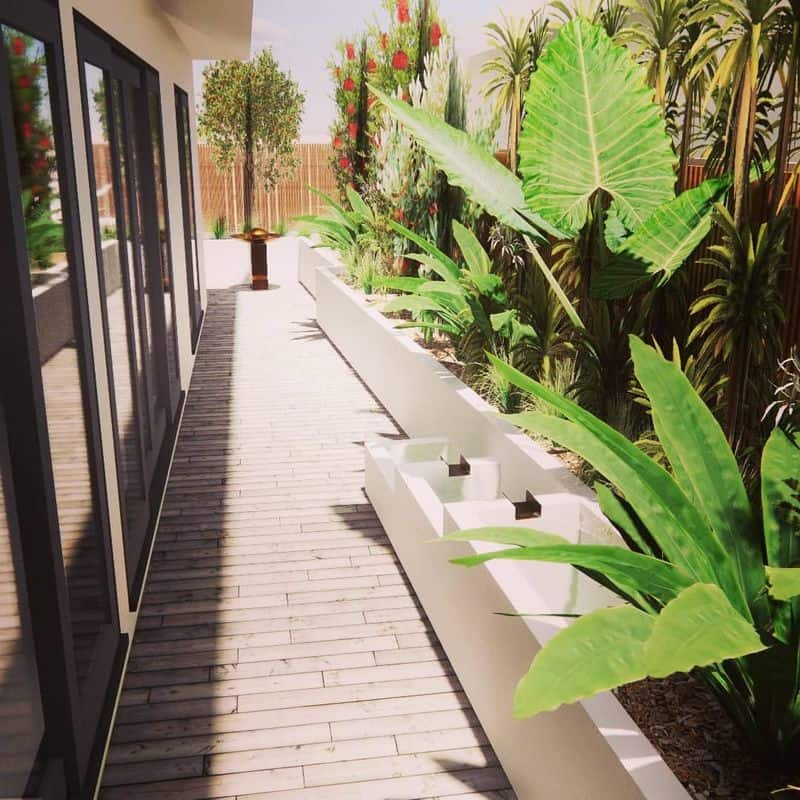
Boundaries create structure and definition in any garden. Without them, a narrow garden can appear messy and undefined.
Use edging materials, such as stones or low hedges, to clearly delineate different areas.
Defined borders help organize the space and provide a cleaner look. Failing to establish these boundaries can result in a confusing layout, detracting from the garden’s overall design.
10. Choosing Inappropriate Plants
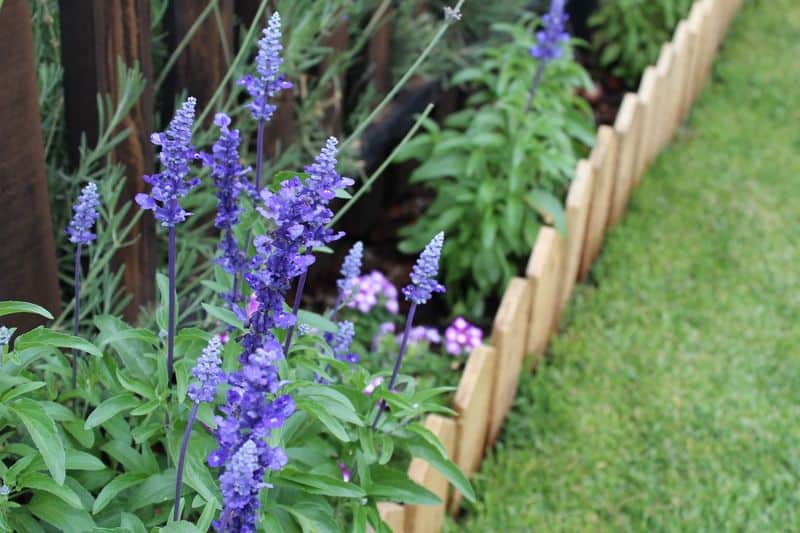
Selecting plants unsuited to your garden’s conditions can lead to disappointment. Consider factors like climate, soil type, and available light when choosing.
Inappropriate plants may struggle to thrive, leading to uneven growth and a lackluster appearance.
A thoughtful selection ensures that each plant contributes to the garden’s beauty and health. Avoid choosing plants solely for their aesthetics without considering their needs.
This mistake can compromise the garden’s vitality and harmony.

